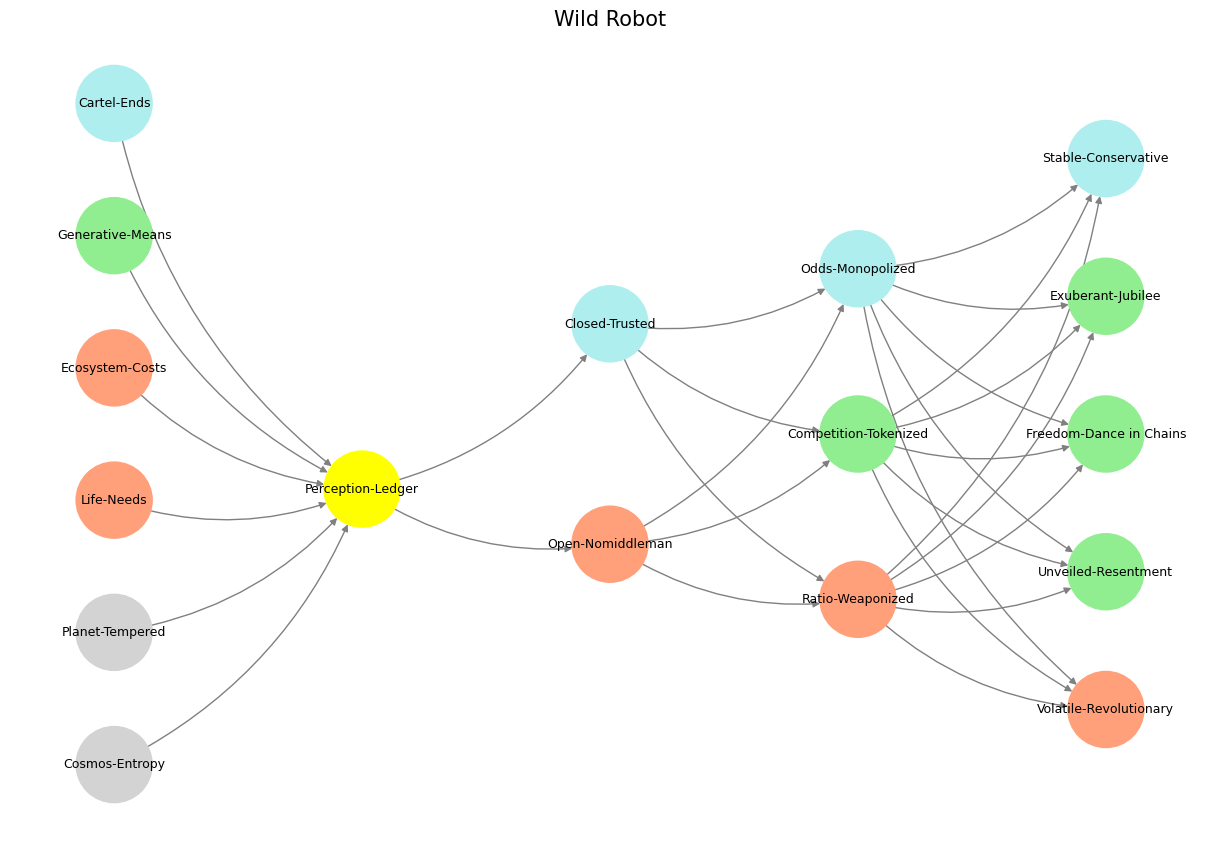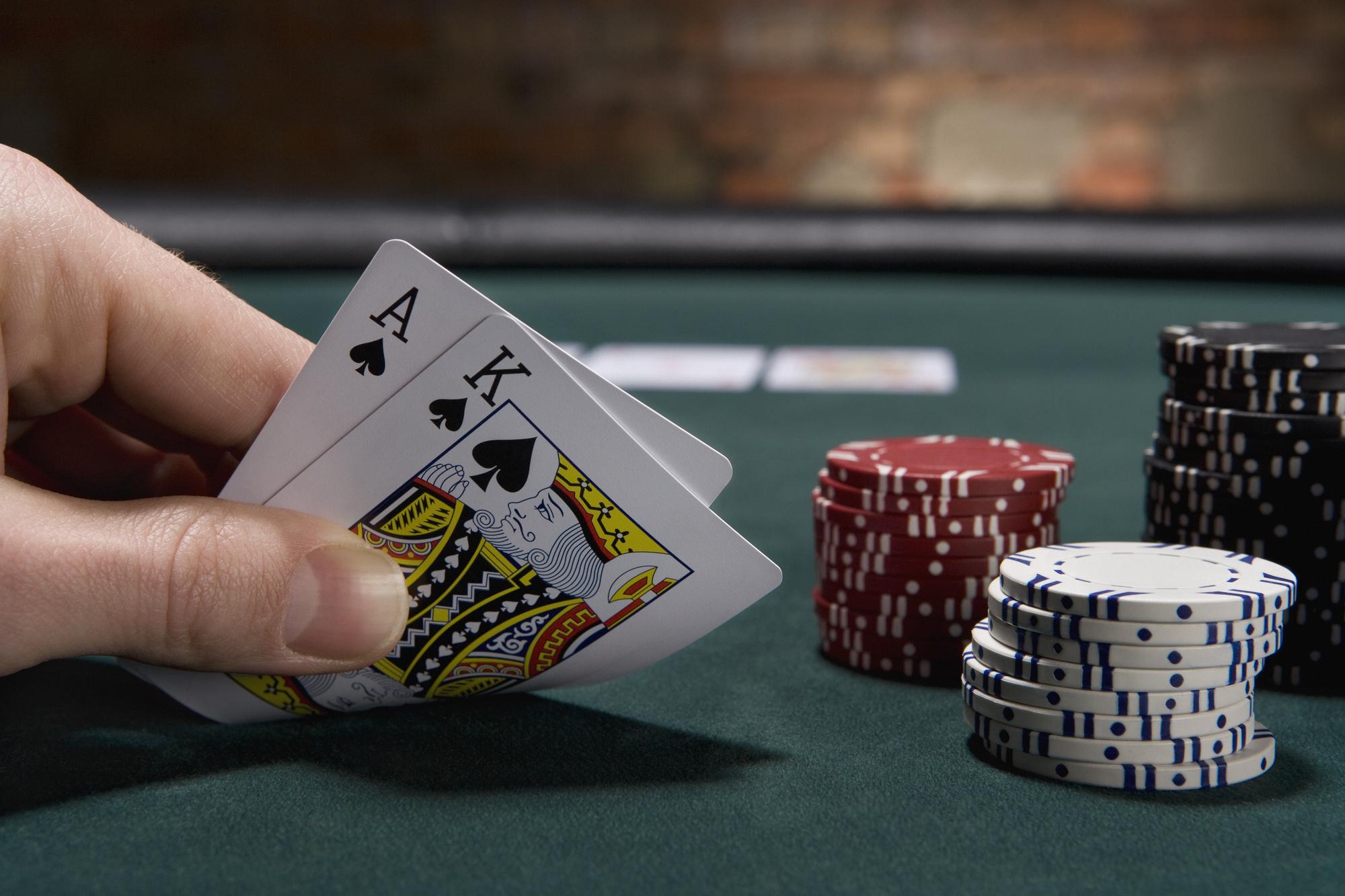Life ⚓️#
Heir. Genius. Brand. Tribe. Religion. These five forces do not simply define history—they structure it, like a fractal pattern, eternally recurring at different scales. They dictate the inheritance of power, the emergence of disruption, the codification of ideas into symbols, the consolidation of identity, and finally, the collapse into dogma. To observe them is to witness the rise and fall of civilizations, the ascent of movements, and the inevitable return of the cycle.
The heir is fixed, the odds predetermined by lineage, law, or structural inheritance. In monarchies, the heir is an inevitability, the next link in a predetermined chain. The British crown, for instance, moves predictably from sovereign to successor. Corporate heirs exist in a similar manner, whether in the dynastic inheritance of business empires or in political legacies like the Bush or Kennedy families. But inheritance is not only material; nations inherit historical burdens. Post-war Germany, stripped of its empire and laden with reparations, did not choose its inheritance—it received the weight of Versailles, an albatross that would shape its future. The heir stands at the precipice, but it is the genius who decides whether that inheritance is preserved, transformed, or obliterated.
Genius is wild, unpredictable, adversarial. The odds of a true genius appearing are staggeringly long—for every Mozart, Bach, and Beethoven, how many billions have failed? Yet when the genius does emerge, they disrupt the inheritance they receive. The Weimar Republic was inherited as weak and fragile, but Hitler did not accept it as it was; he remade it. Steve Jobs did not inherit Apple in its final form—he resurrected it through vision and force of will. Genius is often a force of destruction as much as creation, rejecting the old order in favor of a new paradigm. But genius alone does not endure; it must be branded, contained, and made digestible for the masses.

Fig. 4 Strategic Ambiguity. The Red Queen presents rather fascinating scenarios to us.#
The brand takes genius and renders it legible, scalable. The odds of a successful brand are long but not as improbable as genius itself. The Nazis mastered this transition from genius to brand, transforming a radical idea into a mass movement through iconography, slogans, and rituals. The swastika, the torch-lit rallies, the propaganda—all of it was the branding of an ideology. In the modern era, Trumpism followed a similar trajectory, crystallizing into a MAGA brand that could be worn, displayed, and repeated in simple slogans. The strength of a brand is its ability to outlive its genius. Beethoven is dead, but the idea of Beethoven remains powerful. Trump may fade, but MAGA as a concept will persist. Branding ensures that the energy of genius does not dissipate—it codifies it, but it also simplifies it. And it is in this simplification that tribe begins to form.
Tribe is generative, iterative, and uncertain. It is where branding ceases to be about an individual or a symbol and instead becomes about collective identity. Tribes do not just wear the brand; they embody it, modify it, fuse it with their own traditions. The odds of forming a tribe are short, but through marriage, reproduction, and social cohesion, they become variable, uncertain, and self-propagating. It is in this phase that nationalism flourishes, as groups coalesce around shared symbols and histories. The Nazis created a mythos of Aryan superiority, a tribe defined by blood and exclusion. MAGA operates similarly, presenting itself as the true inheritors of an American identity. Hindu nationalism under Modi has crystallized India into a religious-political tribe. Once a tribe forms, it seeks permanence—and permanence is found in religion.
Religion collapses the odds, eliminating uncertainty. Where the heir is determined by history, the genius by improbability, the brand by resonance, and the tribe by iteration, religion presents itself as certainty. It offers an eternal framework, reducing the complexities of life into articles of faith. The state, the leader, the nation—all become sacred. Nazi Germany sought to replace Christianity with its own racial mythology, where the Fuhrer was not merely a leader but a messianic figure. Trumpism, at its most fervent, reaches religious intensity, where every action, no matter how flawed, is justified within the framework of a greater mission. Religion does not need gods; it needs belief, structure, and an eschatology. And once belief hardens into dogma, the cycle is complete, awaiting a new genius to shatter it once more.
The cycle endures, recapitulating itself across history, across cultures, across every movement that seeks power and permanence. The heir receives, the genius disrupts, the brand simplifies, the tribe consolidates, and religion sanctifies. Each stage is a compression of the previous one, a transformation that refines and reduces complexity until it becomes something immutable—only for the process to begin again. This is why history repeats, why movements rise and fall, why the same patterns emerge in politics, business, art, and war. The odds may shift, but the structure remains. It is not a question of escaping the cycle—only of recognizing where one stands within it.
Show code cell source
import numpy as np
import matplotlib.pyplot as plt
import networkx as nx
# Define the neural network
def define_layers():
return {
'World': ['Cosmos-Entropy', 'Planet-Tempered', 'Life-Needs', 'Ecosystem-Costs', 'Generative-Means', 'Cartel-Ends', ], # Theomarchy
'Perception': ['Perception-Ledger'], # Mortals
'Agency': ['Open-Nomiddleman', 'Closed-Trusted'], # Fire
'Generative': ['Ratio-Weaponized', 'Competition-Tokenized', 'Odds-Monopolized'], # Gamification
'Physical': ['Volatile-Revolutionary', 'Unveiled-Resentment', 'Freedom-Dance in Chains', 'Exuberant-Jubilee', 'Stable-Conservative'] # Victory
}
# Assign colors to nodes
def assign_colors():
color_map = {
'yellow': ['Perception-Ledger'],
'paleturquoise': ['Cartel-Ends', 'Closed-Trusted', 'Odds-Monopolized', 'Stable-Conservative'],
'lightgreen': ['Generative-Means', 'Competition-Tokenized', 'Exuberant-Jubilee', 'Freedom-Dance in Chains', 'Unveiled-Resentment'],
'lightsalmon': [
'Life-Needs', 'Ecosystem-Costs', 'Open-Nomiddleman',
'Ratio-Weaponized', 'Volatile-Revolutionary'
],
}
return {node: color for color, nodes in color_map.items() for node in nodes}
# Calculate positions for nodes
def calculate_positions(layer, x_offset):
y_positions = np.linspace(-len(layer) / 2, len(layer) / 2, len(layer))
return [(x_offset, y) for y in y_positions]
# Create and visualize the neural network graph
def visualize_nn():
layers = define_layers()
colors = assign_colors()
G = nx.DiGraph()
pos = {}
node_colors = []
# Add nodes and assign positions
for i, (layer_name, nodes) in enumerate(layers.items()):
positions = calculate_positions(nodes, x_offset=i * 2)
for node, position in zip(nodes, positions):
G.add_node(node, layer=layer_name)
pos[node] = position
node_colors.append(colors.get(node, 'lightgray'))
# Add edges (automated for consecutive layers)
layer_names = list(layers.keys())
for i in range(len(layer_names) - 1):
source_layer, target_layer = layer_names[i], layer_names[i + 1]
for source in layers[source_layer]:
for target in layers[target_layer]:
G.add_edge(source, target)
# Draw the graph
plt.figure(figsize=(12, 8))
nx.draw(
G, pos, with_labels=True, node_color=node_colors, edge_color='gray',
node_size=3000, font_size=9, connectionstyle="arc3,rad=0.2"
)
plt.title("Wild Robot", fontsize=15)
plt.show()
# Run the visualization
visualize_nn()


Fig. 5 How now, how now? What say the citizens? Now, by the holy mother of our Lord, The citizens are mum, say not a word.#

